Film Name:驚奇隊長 / Captain Marvel
Compared to the movie itself, the current back-and-forth over “Captain Marvel” is nothing short of spectacular. After watching it, I suspect this debate will rage on for quite some time…
As the first film in the Marvel Cinematic Universe to feature a female hero as its protagonist, and simultaneously the “last hope for the entire Marvel universe,” the weight of expectation placed on “Captain Marvel” far exceeds that borne by “Black Panther” before the release of “Avengers: Infinity War” last year (in every sense). Such immense pressure can easily crush anyone.
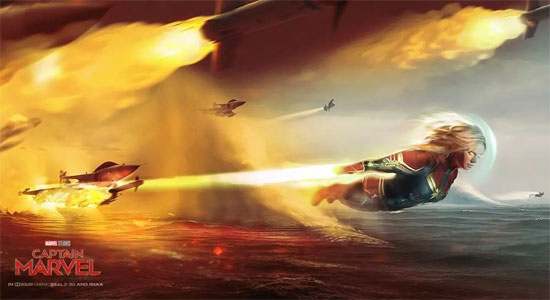
To be fair, Captain Marvel has many commendable aspects (such as casting and attention to detail), but it also has its share of problems. Particularly its unconventional narrative approach and character development are largely underwhelming—barely better than outright failure. This means only a portion of fans and viewers with unique/open-minded perspectives will genuinely appreciate it, while most others are just watching the spectacle in a “big pot stew.”
This isn’t just a problem with “Captain Marvel”—it reflects a broader predicament within the entire Marvel Cinematic Universe. I’ll elaborate on that at the end.
[Friendly reminder: Spoilers ahead.]
Before the film’s release, the biggest controversy surrounding “Captain Marvel” centered on casting, with many questioning Brie Larson’s physical appearance and suitability for the role.
Adhering to the principle that “you can’t speak without seeing the actual film,” I can now finally share my conclusion: Brie Larson’s portrayal of Captain Marvel is not only acceptable but genuinely surprising.
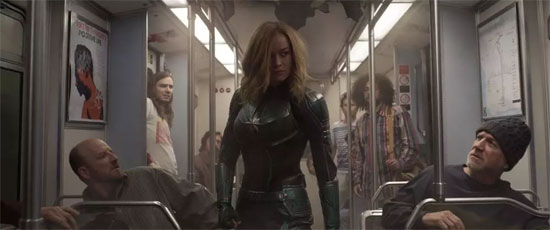
Most people’s concerns stem from promotional stills, trailers, and static images. Brie’s “square face” combined with costume and makeup designs lacking “first-glance appeal” did indeed make people feel less confident—but in the actual film, Carol Danvers comes across much better. Most notably, Carol genuinely embodies a touch of that unique, slightly dashing “heroic spirit” characteristic of female superheroes, a quality that’s quite rare.
Whether Marvel’s Black Widow or DC’s Wonder Woman, most female superheroes remain bound by overtly feminine traits like beauty and physique—differing only in whether they emphasize sensuality, innocence, or fierceness. The few heroines who don’t prioritize appearance often veer into unrecognizable territory… far less diverse than the male “hero pool.”
Brie Larson isn’t incapable of playing a conventional “beauty,” but the film deliberately crafts her as a decisive, heroic, and powerful warrior—her appearance serves as a supporting element.
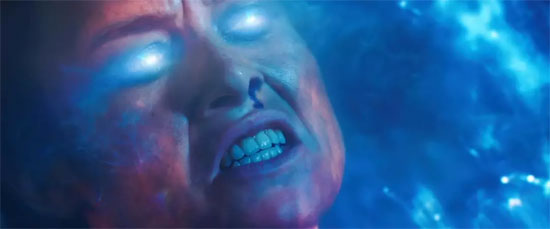
Take Carol Danvers’ memory flashback where she gains her powers: the heroine with a bloody nose, a face of utter devastation, and that low-quality Photoshop aesthetic—any girl would delete that “black history” from her phone in a heartbeat. Yet Captain Marvel shows it three times! Three times! This clearly demonstrates the creators’ intent to use this stark contrast to authentically convey Carol’s “unbreakable” spirit—try having those “dream girls” with perfect hair and flawless makeup pull that off!
In this regard, the film’s casting, styling, and aesthetic are top-notch and somewhat groundbreaking. It’s not wrong to view it as a kind of “feminist” symbol (Brie’s personal statements and stance aside).
The film’s real issue isn’t the character design, but the character development and background fleshing out—this weakness is simply too glaring.
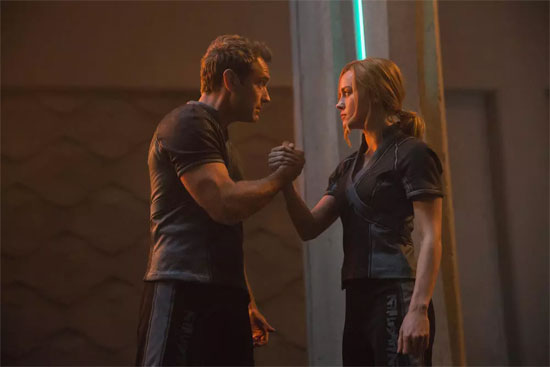
Before receiving Marvel’s offer, directors Anna Boden and Ryan Fleck were making independent films. They didn’t want to follow the tired superhero origin story formula, instead adopting a fresh narrative approach: the protagonist starts with superpowers but suffers from amnesia, with the entire film chronicling her gradual unraveling of the mystery.
Such a bold departure from convention in a pivotal Marvel film was daring and innovative—though unfortunately, the execution was disastrous…
This film doesn’t quite qualify as a puzzle-driven mystery with genuine “unraveling fun.” Relying solely on minor plot twists struggles to sustain audience interest in uncovering the truth. Due to the superficial treatment of numerous character relationships and backstories, many viewers remain disengaged throughout the first half. Even when the answers are revealed, the accumulated disconnect makes it difficult to feel empathy for the characters. This also undermines the dramatic impact of the reversal between the Skrulls and Kree factions.
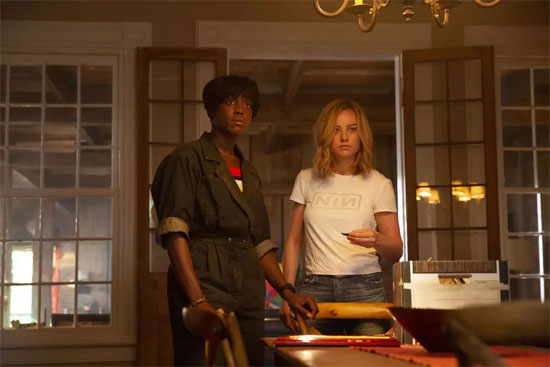
Of course, Carol Danvers’ characterization isn’t particularly rich or nuanced either. The film’s narrative structure doesn’t afford her many opportunities to truly “stand on her own,” ultimately reducing her to a stereotypical embodiment of resilience and tenacity. While character flatness is a common flaw in this genre, “Captain Marvel” seems to suffer from it more acutely, which ultimately prevents it from achieving high critical acclaim—or even standing out as a top-tier Marvel film.
Having addressed the core issue, if one can overlook this flaw, the film offers numerous highlights, particularly its standout 90s-era references.
For instance, when Carol crashes to Earth and immediately knocks over the “True Lies” display at a video store upon standing up. This scene not only establishes the time period but also hints that Carol, like the film’s male lead Harry (Arnold Schwarzenegger), is a pilot. It also cleverly takes a jab at director James Cameron (though I agree with Cameron’s comments about Marvel films last year)—a brilliant touch.
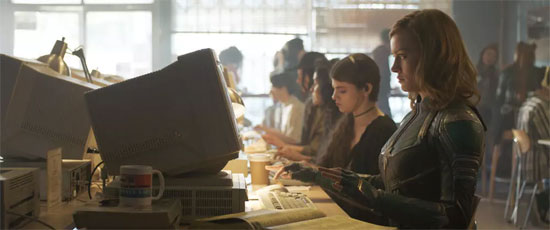
The film also captures the unique internet ecosystem and computer hardware/software of the 90s. That era isn’t so distant from us, and anyone who lived through it will smile knowingly at these details—truly delightful.
But the biggest surprise for me was when Carol meets the Supreme Intelligence for the last time, and suddenly Nirvana’s “Come As You Are” starts playing as background music. I literally gasped out loud!
Come ,As you are ,As you were
As I want you to be
As a friend ,As a friend
As an old enemy
Take your time ,Hurry up
The Choice is your ,Dont’ be late
Take a rest ,As a friend
As an old memoria ,memoria ,memoria ,memoria
That melody, those lyrics—paired with Carol’s scene of struggling against painful memories—was nothing short of a stroke of genius!
Moreover, the most eye-catching character was undoubtedly Gus the orange cat.
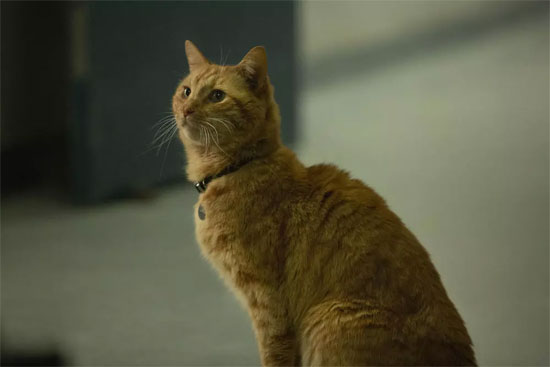
It turns out designing a heart-meltingly adorable mascot is always a surefire win—especially when it’s a universe-rare energy-devouring creature…
Beyond being adorable, fighting, stealing scenes, and swallowing the Cosmic Cube, Goose also fleshed out Fury’s character—a director who loves petting cats? How endearing! This is where Captain Marvel shines: even if Carol’s backstory leaves you cold, Fury’s nostalgic moments fill that void.
This is where the awkwardness of Captain Marvel—and indeed the entire Marvel Cinematic Universe—begins to surface: Compared to the introduction and development of “new characters,” audiences seem far more interested in the “veteran characters” and the “clues” that connect to other Marvel films. The attention given to the younger versions of Fury, Coulson, Ronan, and the cameo appearances of the original Avengers far exceeds what they should rightfully receive.
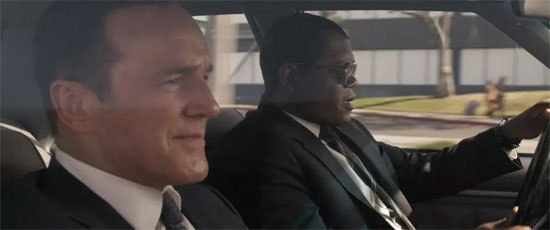
Audiences increasingly view standalone hero films as mere cogs in the Avengers machine rather than relatively independent works. Comments like “the most valuable part of the whole movie is the post-credits scene” and “they made the movie just to deliver the post-credits scene”—previously heard during last year’s Ant-Man and the Wasp—have resurfaced with Captain Marvel… In my view, this isn’t a positive development. It signifies that Marvel films are increasingly losing their “independence” and “richness,” being replaced by greater emphasis on ‘connectivity’ and “functionality.”
Back in the day, Marvel’s Phase One and Phase Two had fewer “conceptual burdens,” allowing experimentation with various genres. Now, nearing the end of Phase Three, the approach seems more conservative and focused on “ticking boxes”: Black Panther was made to supply troops and battlefields, Ant-Man 2 to introduce the Quantum Realm, Captain Marvel to establish a major new powerhouse… While this approach isn’t inherently wrong, it’s increasingly difficult for ordinary solo films to satisfy audiences amid growing aesthetic fatigue and rising expectations.
The criticism directed at “Captain Marvel” today stems in part from this collective frustration being channeled toward it—a situation not solely the film’s fault, but a broader challenge facing the entire Marvel Cinematic Universe: Must every non-“Avengers” movie merely serve as a prelude to the next Avengers installment?
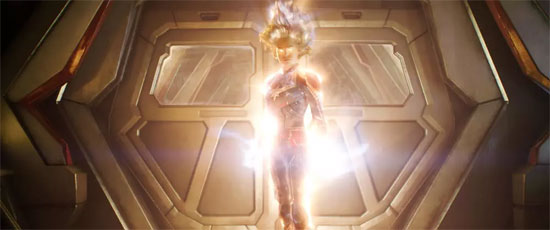
Marvel itself is undoubtedly aware of this issue. In fact, I believe they showed considerable leniency toward Captain Marvel. Beyond the essential plot points that needed to be established, they gave the new director free rein to explore the remaining content. Yet, it seems there was still some “cultural mismatch”…
For us, for Marvel, superhero movies will inevitably cool down and cease to be the market mainstream. That day might arrive sooner than we imagine—though we needn’t fret over Marvel’s future. As long as they keep serving their fans well, they’ll be just fine. And that fanbase might just be the largest in the world.
Please specify:Anime Phone Cases » aptain Marvel 驚奇隊長 2019 Film Review: A microcosm of the Marvel Cinematic Universe’s predicament